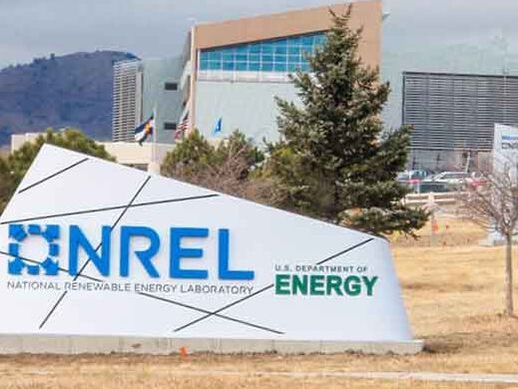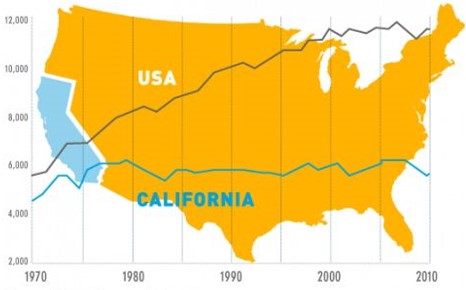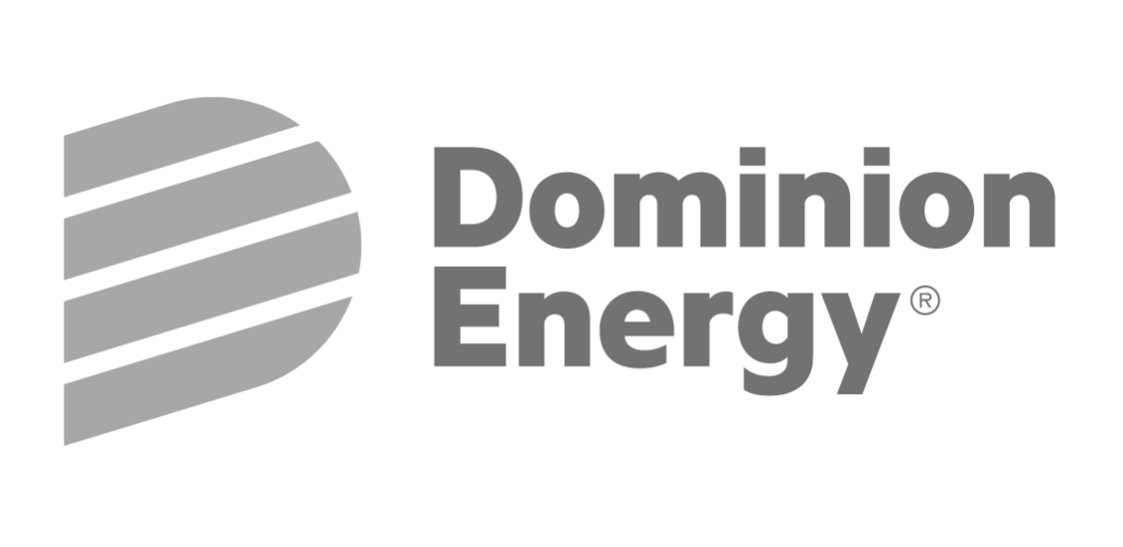The energy sector is always in transition. But change does not happen naturally or at an even pace; it becomes so — and often as a consequence of deliberate or intentional actions. Though the current transition is and will probably remain unfinished, in a span of just a few decades the sector has evolved from a fixed, hidebound, inflexible energy economy (dominated by super majors and utilities) to one marked by unprecedented abundance, decoupled economic growth and emissions, and a global appetite for energy that has only been wetted and wants more.
Change of this magnitude naturally raises all sorts of questions, like "why is this happening?", "why now?", and "where is this going?" The question of "who" is leading the transition can help answer some of these questions.
This issue of Energy Today tries to answer the "who" by looking at institutions as influencers. This might seem a bit unusual because institutions are generally not thought of as being dynamic. Indeed, most of the time they are downright dim and resistant to change. But sometimes, an effective institution can affect change. And an exceptional one can be a force multiplier.
We believe these 5 exceptional institutions are deliberately and intentionally leading the current energy transition.
Change of this magnitude naturally raises all sorts of questions, like "why is this happening?", "why now?", and "where is this going?" The question of "who" is leading the transition can help answer some of these questions.
This issue of Energy Today tries to answer the "who" by looking at institutions as influencers. This might seem a bit unusual because institutions are generally not thought of as being dynamic. Indeed, most of the time they are downright dim and resistant to change. But sometimes, an effective institution can affect change. And an exceptional one can be a force multiplier.
We believe these 5 exceptional institutions are deliberately and intentionally leading the current energy transition.
Table of Contents
|
Reeling from Hurricane Katrina, the White House reached out to Dan Arvizu, the Director of NREL, to ask for a meeting. Instead of asking “why?” like he wanted, Director Arvizu asked “when?” The White House staffer had a target date: Feb. 21, 2006.
“Next week … the middle of winter?" Director Arvizu asked incredulously. "Yes" said the What House staffer. |
See also Columbia University: A legacy of impact
|
The epicenter of California’s energy revolution might justifiably be considered a roomy, dimly lit office in a bunker-like building in downtown Sacramento. Here, in this unremarkable office, is headquarters of the California Energy Commission—one of the most powerful institutions driving the global energy transition.
See also UT Austin: The energy university
|
|
Although it is only a state agency, the Texas Railroad Commission has been historically one of the most important regulatory bodies in the nation. This is because for much of the twentieth century it has strongly influenced the supply and price of oil and natural gas throughout the United States, and by extension, has also had an outsized impact on the global economy.
See also MIT Energy Initiative: Leadership matters
|
|
From the “certainty” of rising greenhouse gas emissions in 1992 to “widespread” and “unprecedented” impacts on humanity, the UN’s Intergovernmental Panel on Climate Change (IPCC) has been the beacon of climate science for the world.
The power of the IPCC is that thousands of the world’s best scientists work together to distil the latest global research into reports that are then signed off by all the governments in the world. These are the gold-standard statements on the reality and dangers of climate change and, arguably, the greatest scientific endeavor in history. This article surveys the first six of the Panel's reports. |
See also Stanford University: A commitment to excellence
FOR AES MEMBERS ONLY
Energiewende
Energiewende
|
The energy transformation in Germany widely known as the "Energiewende" has for two decades been the country's planned transition to a low-carbon, nuclear-free economy. The program is derided by many as ineffective and expensive, though Germany has in fact reduced emissions by 36 percent relative to 1990.
This article takes a closer look at the unlikely mastermind behind the movement. |
See also UC Berkeley: Built from the ground up




















































































